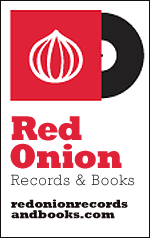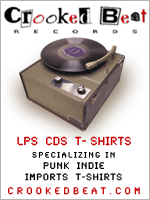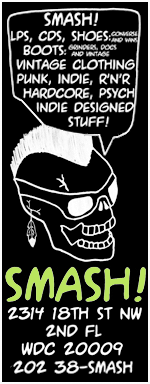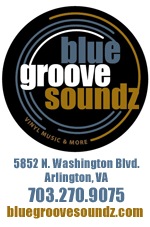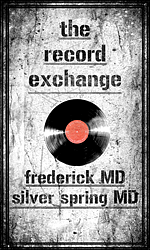
In 2014, the demand for new music in the form of vinyl met hot and cold results. While the retail numbers are optimistic, production challenges stunt the growth potential of the LP. With the decline of music downloads and the rapid rise of streaming, however, the desire for a physical format is a clear-cut reflection of music consumer preference.
Back in November 2014, data journalist Felix Richter at Statista reported LPs, globally, reached $218 million in annual sales. If you compare that figure to the cost of a show at the 9:30 Club, it can be significant, but otherwise it is not influential to capital. Statista reported by the first half of the year, 4 million units sold. This month, the Wall Street Journal touted Nielsen’s reports of 9.2 million units moved, a 52 percent increase from 2013. The downside of this phenomenon: vinyl records only make up 2 percent of US music sales, despite the digital decline.
One of the champions of annual LP sales is Third Man Records, Jack White’s label. With his evengreen bent for self-promotion, White’s latest effort, Lazaretto, sold 40,000 vinyl copies in its first week and 87,000 cumulatively. White rallied his fanbase during Record Store Day when he recorded, pressed, and released the “boutique” album in less than four hours.
Last years sales were also boosted by artists such as Beck, Black Keys, Arctic Monkeys, and Lana Del Rey. Classic albums Abbey Road and Legend held their own in top 10 collective sales of LPs in the United States.
Celebrity can only go so far when it comes basic economics, though. Marley, the Beatles, nor Jack White can stroke the confidence of investors with a medium that only captures two percent of US sales. Last fall, news outlets reported major limitations to LP production in the U.S. the Washington Post interviewed Bob Roczynski, President of Record Products of America, who lamented on old pressing machines that had reached the edge of capacity utilization.
Essentially, the demand for the product capsizes the producers ability to deliver. The LP-making industry in the States cannot expand due to the high cost of machinery. The largest plant, United Record Pressing in Nashville, operates 22 presses, and the smallest plants range up to five machines.

Vinyl production skews more artisanally as opposed to its digital competitor. But economics is economics. When plant utilization passes its brink due to demand that exceeds the ability to supply more LPs, it impacts machine performance. Last year, URP, for example, ran its machines 24 hours a day, six days a week. One day’s worth of production was the quantity of Lazaretto’s first week of sales. In this rare instance, the pressing company was able to expand operations to meet product objectives.
Alas, for smaller pressing companies, high demand may bottleneck LP production. Over-utilization of resources could potentially reap higher costs and an overstressed workforce internally and plateau or decline among consumers. Going forth, the essential question is, will vinyl ever become mainstream enough for capital investment?
But pressers are not yet screaming “uncle.” The biggest advantage is multi-format releases, which lessens the struggle to keep pace. Even CD, declining behind album downloads, offers a bit of market share. But, vinyl demand remains a great subject for product differentiation. Creative marketing aside, à la Jack White, consumers demonstrate that there is no substitute.
CHART: STATISTA





